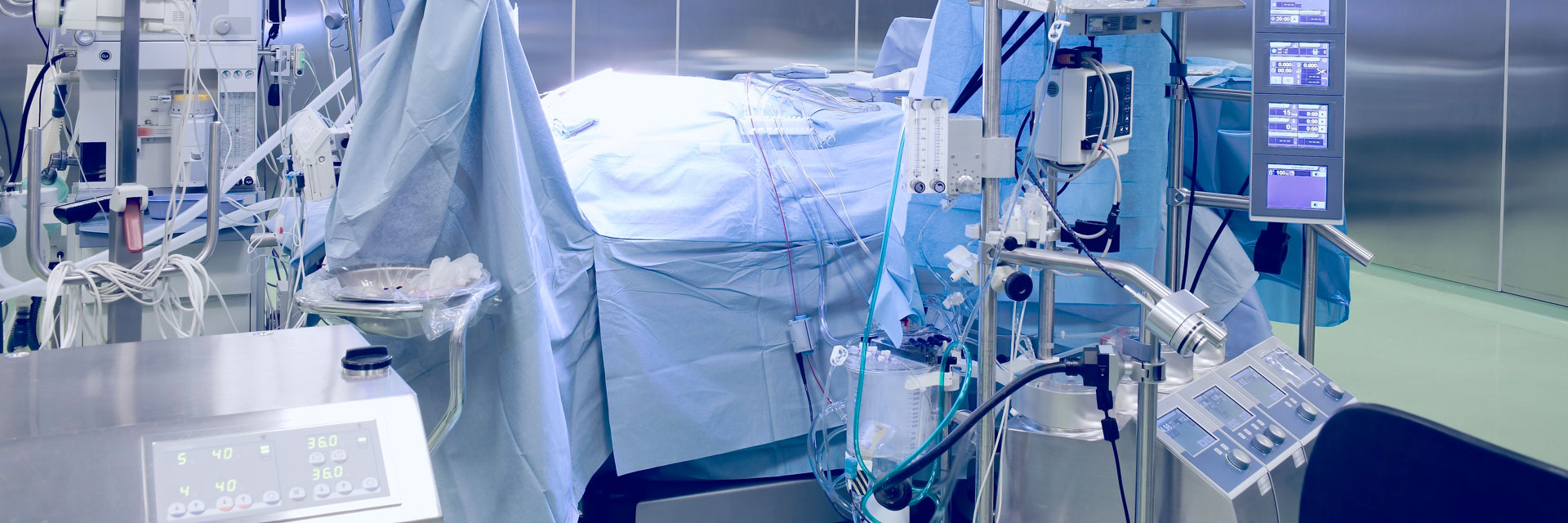

The assessment of potential hazards to arise in a project activity, generally in construction projects, is called Activity Hazard Analysis (AHA). Such assessments are considered roughly equivalent to the general industry (29 CFR 1910) and construction (29 CFR 1926) health and safety regulations and occupational hazard analysis set by OSHA (Occupational Safety and Health Administration), which are generally accepted as an occupational safety analysis.
-testi.jpg)
Activity hazard analysis is a document that reflects the potential hazards encountered in working environments and needs to be prepared before starting work on a project and changed during the project as safety conditions change in the workplace. At the same time, the activity hazard analysis must include a list of qualified or competent persons taking part in the work environment and control and training requirements for the work undertaken.
According to experts, it is possible to observe a lot just by watching. It is possible to spot the wrong jobs by looking at the employees, foremen and supervisors who do their work in a workshop or a construction site. When it comes to safety, dangerous or risky activities that could potentially hurt someone should be particularly looked after. The activity hazard analysis (AHA) study focuses on a specific task and identifies hazards before they occur. The danger in this work is only the potential for harm. Identifying these dangers and eliminating, mitigating or controlling them as early as possible in the process is to protect employees from potential risks. As such, activity hazard analysis adds value to the business, as well as providing workplace safety.
An activity hazard analysis study is also used to prepare appropriate business processes to understand hidden risks related to employees' activities. Activities with changing or changing processes and highly complex jobs require written instructions.
When conducting activity hazard analysis, it is necessary to include all employees, discuss what to do and why, and explain that the tasks will be emphasized, not the performance of the employees. In order to determine which jobs pose the highest risk to employees, it is necessary to examine the business's past accident records and near misses. In addition, OSHA standards, requirements and priorities for activities need to be determined.
While conducting the activity hazard analysis, the operating steps must be followed first. Then the dangers of each work step must be identified. While doing this, it should be questioned what could go wrong, what the consequences will be, how this situation will occur, what factors will contribute to the emergence of this situation, and what the likelihood of the occurrence of danger.
A hazard list should then be created and it should be reviewed with employees. After that, ways to eliminate or reduce the dangers should be determined. At this point, equipment changes, engineering controls and improvements in business processes are the first choice. Unsafe conditions and processes need to be fixed.
Activity hazard analyzes are carried out according to the individual tasks performed in a certain work environment, the dangers associated with these tasks and the safety controls to be applied to reduce these dangers. During testing, hazards should be graded individually on the basis of a specific assessment chart, which classifies the potential severity of a security incident and the likelihood of such an event occurring.
Generally, risks are classified as follows:
The probabilities for each risk group are determined as follows:
In general, each of the hazards identified by the activity hazard analyzes are taken into account separately and the frequency of the risks arising from these hazards, and which employees, which situations will be affected by these risks and what extent they will be harmed are determined. While determining these dangers, analyzes are made based on the operational characteristics of the enterprise, the characteristics of the possible risks, the constraints of the enterprise, national or international standards and the legal regulation criteria in force.
The activity hazard analysis (AHA) study performed is not a one-off study. It is necessary to test this study at regular intervals, to monitor whether it provides the expected benefits, and to make necessary updates in a timely manner. Otherwise, the target of determining the workplace hazards expected from this study before it is too late cannot be achieved.
In short, with the activity hazard analysis tests, the following benefits are obtained:
To get an appointment, to get more detailed information or to request an evaluation, you can ask us to fill in our form and reach you.